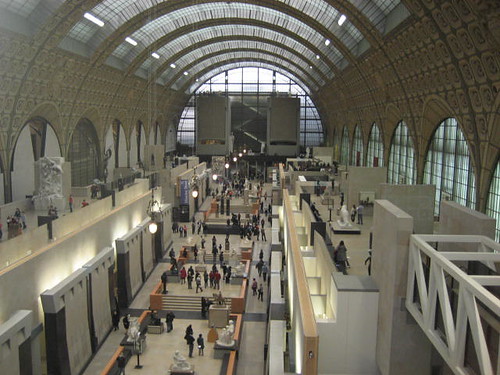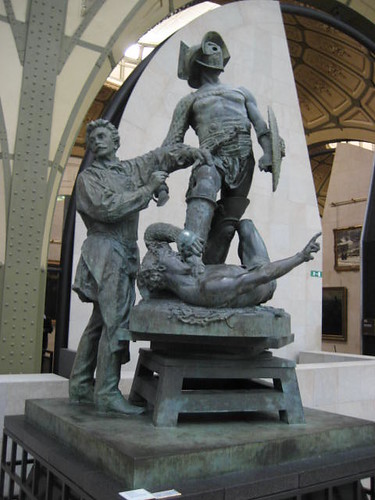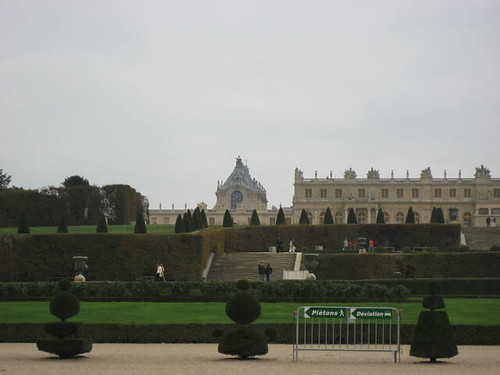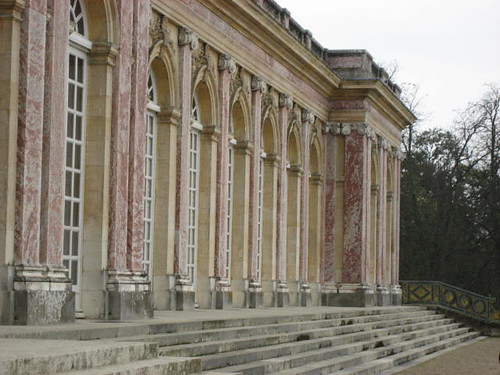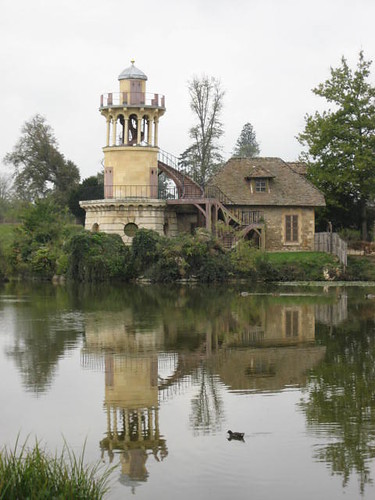Das Leben der Anderen/The Lives of Others contains both empathetic character development and entertaining plot twists. Set in East Germany before (and a little after) the fall of the Berlin Wall, the story follows the main characters, a
Stasi officer and the playwright-and-actress couple he surveils, in a way that shows their humanity.
Director Florian Henckel von Donnersmarck said after a preview screening that the film has special meaning to many of those in Germany that viewed it or participated in its creation. In the cast one example is Sebastian Koch, who plays Georg Dreyman, the playwright: he experienced Stasi intimidation himself. In the crew another example is the property manager, who went to great lengths to assure the authenticity of the props in the film. In the audience many were reminded of their experiences in the
GDR.
It sounded like Germany has some lack of constructive methods for its citizens to relate to former Stasi informants and officers, and to address the memory of the arrests, suicides, surveillance, and threats the film shows. Some Seattle audience members suggested the model of the Truth and Reconciliation Commission. I was reminded of
Red Dust. However, the goal of the
TRC was truth rather than justice. It's possible that since the
Stasi files are available for review by those who were surveillance targets, the truth is sufficiently available.
Das Leben der Anderen is an engaging film due not only to the people, place, and time it portrays, but also for the suspenseful sequence of events. I recommend those near
Seattle's Harvard Exit Theatre go see it when it opens there February 16.
